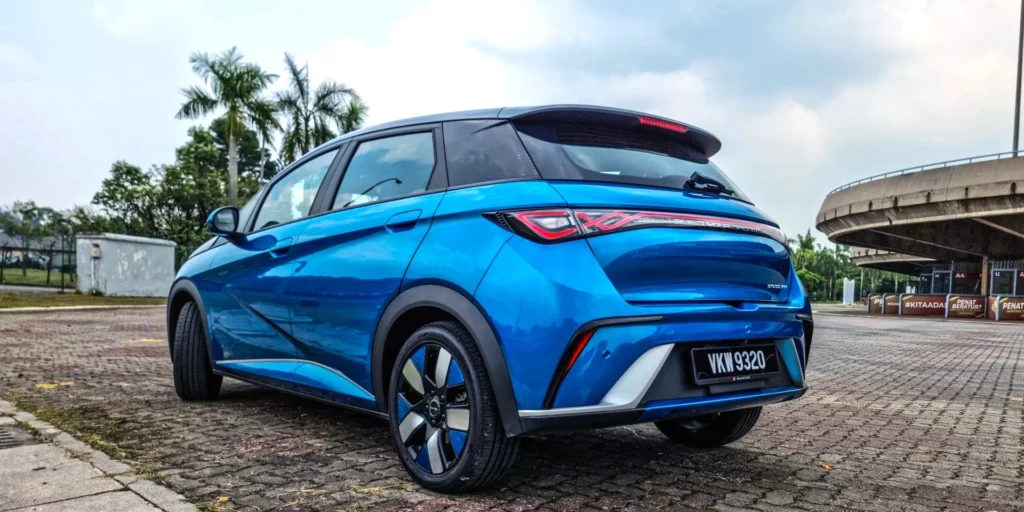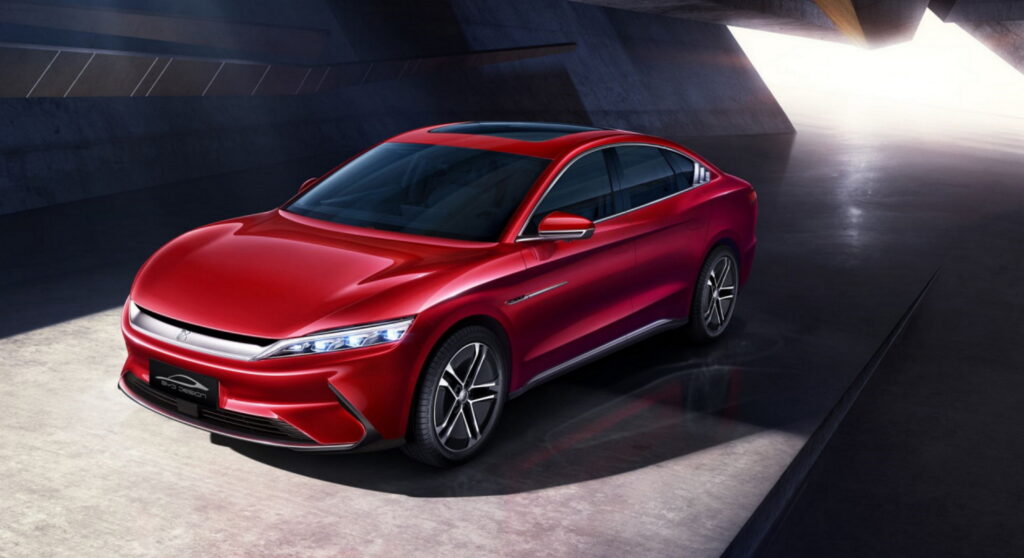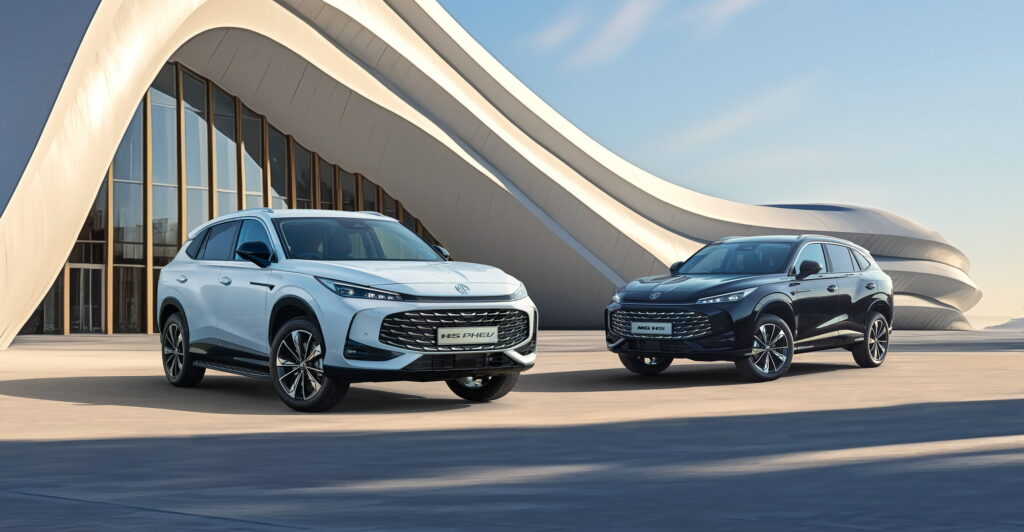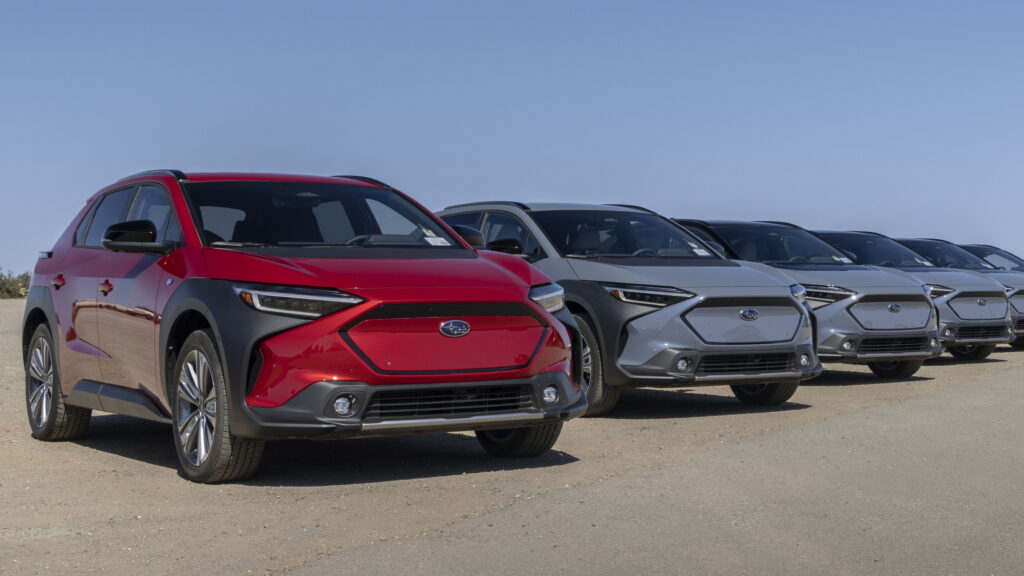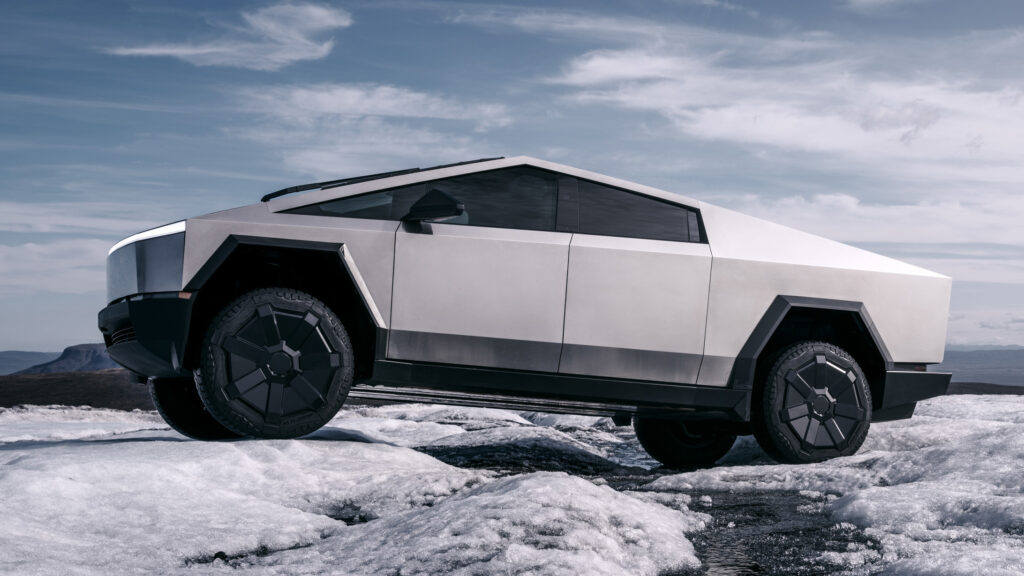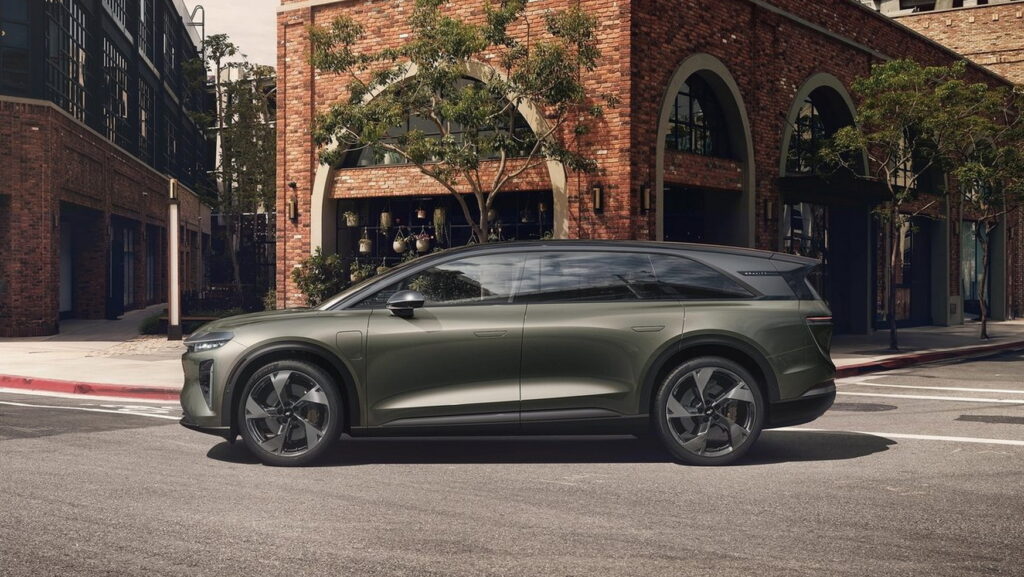Nissan Kills Off Its Supercar Killer, Promises It Will Be Replaced
- The final R35 GT-R rolled off the Tochigi plant after 18 years and 48,000 units built.
- Nissan’s CEO said that the GT-R will return “one day” but asks fans for patience.
- The company hasn’t decided yet if the upcoming R36 GT-R will go EV or hybrid.
Nissan celebrates the end of the line for the R35 GT-R and its legacy as the final example rolled off the production line at the Tochigi factory in Japan. During this bittersweet moment, the brand’s CEO said that this isn’t goodbye to GT-R as the nameplate will “one day make a return”.
An Incredibly Long Run
The Japanese automaker produced approximately 48,000 units of the R35 GT-R over the past 18 years. A team of nine master craftsmen, known as Takumi, assembled all GT-R engines by hand at the Yokohama factory. Each one’s name can be found on a special plaque attached to the respective powertrain.
More: Nissan’s New CEO Pledges Four Or More Sports Cars To Reignite Enthusiast Passion
The last example of the R35 is a GT-R Premium Edition T-Spec finished in the signature Midnight purple shade. It is destined for a customer in Japan, which is the final sales region for the model. Nissan stopped accepting orders in its home market last February, which gave them enough time to clear the backlog.
The Legacy Of The Godzilla
The R35 GT-R was introduced at the 2007 Tokyo Motor Show and immediately earned the reputation of a “supercar killer”. Nissan says that the model was designed as the ultimate Grand Tourer, combining performance with “a comfortable ride, high levels of refinement, and benchmark fit and finish”. The GT-R received numerous updates over its 18-year-old lifecycle, including facelifts in 2010, 2016, and 2023.
Nissan
All variants of the R35 GT-R were powered by the non-electrified VR38DETT 3.8-liter twin-turbo V6 mated to the advanced Attesa ET-S all-wheel-drive system. The engine gradually evolved from producing 473 hp (353 kW / 480 PS) in the initial model to generating 562 hp (419 kW / 570 PS) after the latest update, and up to 600 hp (447 kW / 608 PS) in the hardcore Nismo.
Over the years, the lap record of the GT-R at the Nurburgring was slashed from 7:38 (2007) to 7:08.679 (2013). Nissan’s supercar killer also appeared in motorsports, achieving victories at the GT500 and GT300 classes of Japan’s Super GT Championship, the Blancpain GT Series Pro-Am class, the 12-hours of Bathurst, and the Super Taikyu endurance racing series.
Goodbye R35, Hello R36 (sort of)
Ivan Espinosa, President and CEO of Nissan, issued the following statement:
“After 18 remarkable years, the R35 GT-R has left an enduring mark on automotive history. Its legacy is a testament to the passion of our team and the loyalty of our customers around the globe. Thank you for being part of this extraordinary journey.”
Nissan’s boss didn’t stop there, as he gave a few hints about the future of the nameplate:
“To the many fans of the GT-R worldwide, I would like to tell you this isn’t a goodbye to the GT-R forever. It’s our goal for the GT-R nameplate to one day make a return. We understand the expectations are high, the GT-R badge is not something that can be applied to just any vehicle. It is reserved for something truly special and the R35 set the bar high. So all I can ask is for your patience. While we don’t have a precise plan finalized today, the GT-R will evolve and reemerge in the future.”
At a time of financial uncertainty, it is clear that Nissan is not ready to commit to a release date for the successor of the GT-R. This probably means that development, while underway, still has some way to go and strategic decisions need to be made before things proceed as they should.
As hinted at by the 2023 Nissan Hyper Force concept, the R36 was expected with a high-performance electric powertrain and solid state batteries. However, recent comments by the R35 product planner – Hiroshi Tamura – suggest that the EV future is not fixed. Instead, it may as well adopt a hybrid setup, if this is what customers really want.
More: The Next GT-R Might Not Be What You Expect
According to the official announcement, “learnings from the R35 will be integral to the next-generation GT-R, ensuring its legacy evolves while raising the performance benchmark”.
In any case, it is good that the Japanese automaker hasn’t abandoned plans for a performance flagship that will eventually continue the legacy of the previous GT-R generations. Let’s hope we’ll lay eyes on it before the end of the decade.
